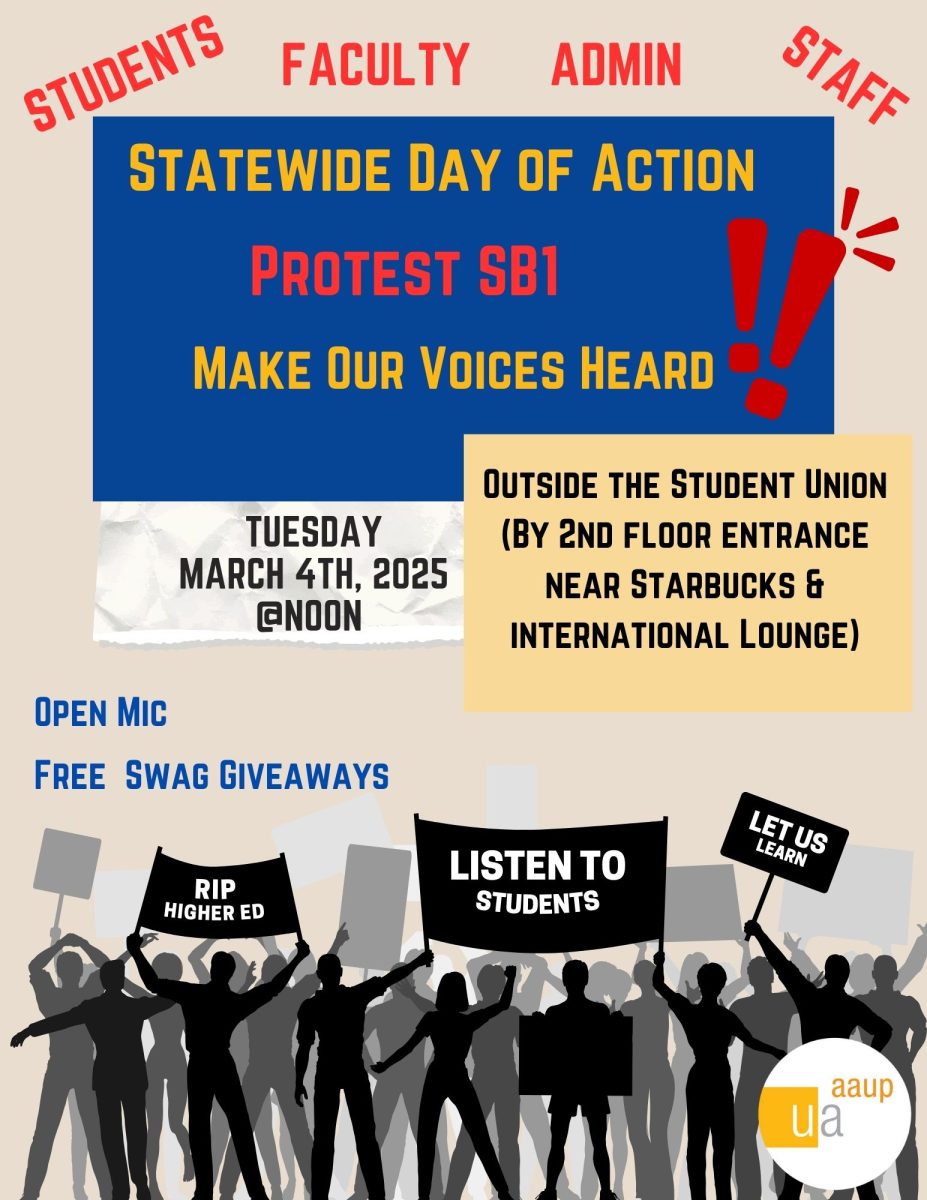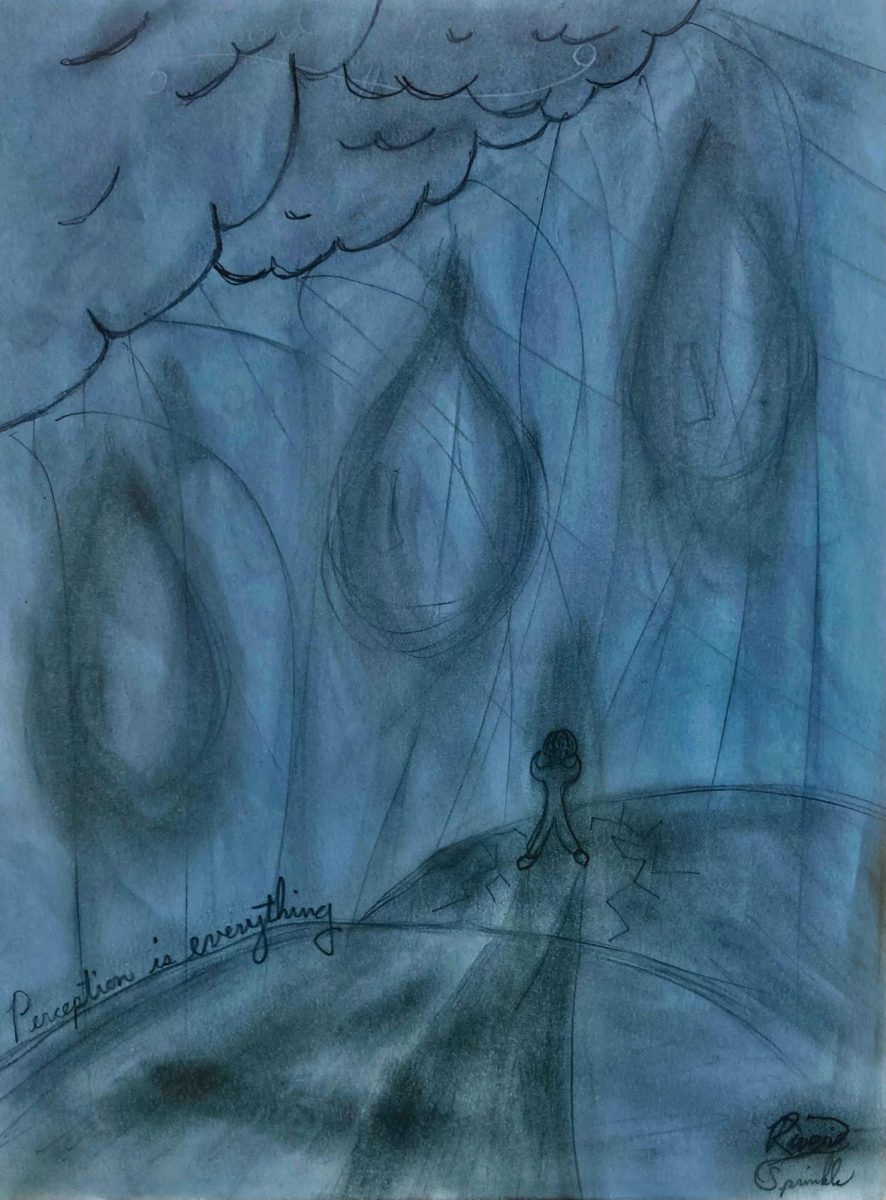Kara Hemphill
You may or may not have been aware of this, but it’s Women’s History Month – a month much like any other month, except we sort of pretend to honor women’s history for a few weeks.
Last month was Black History Month, which is better publicized but of equally debatable use. At least in high schools, history teachers regurgitate what students already know – glossed over facts about slavery, MLK and peaceful protests – but all of that is only a fraction of a rich, complicated, and mostly ugly and uncomfortable history that can’t be properly covered in a month, let alone the shortest month of the year. 
The point is, these history months are only significant in name, and hardly do anything to cover the history of the people they claim to represent.
Many people seem to think that these months serve no purpose for another reason. There will always be those who cry, “Why do they get their own month?” or, “It would be racist if we had a white history month!”
I would first like to direct those people to the third paragraph, and pacify them by reiterating: It’s not that big of a deal in the first place, because no one really seems to care that it’s a “special” month after about the first week.
If you honestly think your rights are being infringed upon because someone wants to teach you about Martin Luther King Jr. or Susan B. Anthony, or, heaven forbid, talk about someone other than you and people who represent you for a day or two…well, I’d be inclined to say you should rethink your priorities and focus on more important things.
The other thing I always point out when faced with these claims is that every other month is essentially White Male History Month in everything but name. Yes, even February and March.
Open any standard history textbook and see if you can’t spot a bias in perspective. Chances are there’s a section about the Civil War, but mostly containing a lot of talk about Abraham Lincoln and the Emancipation Proclamation.
There may be a section about Prohibition and the Roaring ‘20s, but you’re more likely to see a grainy picture of a flapper than be told that Prohibition began as a women’s movement, and many Prohibition supporters also played
a role in getting women the vote.
It isn’t necessarily that history books don’t have their facts straight (though that can also come into play), it’s that any bother taken to include minorities seems half-hearted and generalized. The insertion of vague half-truths and incomplete information is what makes the perspective of history so unfair toward women and racial minorities.
College is a bit better than high school – at least we have classes in special topics and experts to teach those classes. Still, those students who aren’t history majors and can’t (or simply don’t) take those courses as electives are likely left with the limited perspective their 11th grade world history class left them with.
Granted, many high school classes in general become largely irrelevant as we move further and further away from those required topics in our higher education; however, I do believe that, in addition to other factors, there is a certain amount of influence in seeing history in such a narrow way for the better part of your school career.
Another problem is that high school teachers have to tiptoe around issues that they really can’t afford to tiptoe around. Plus, history classes are notorious for being taught straight from the textbook, often by less-than-qualified teachers.
But that’s a topic for another article.
I suppose having months dedicated to marginalized groups signals a step in the right direction, but in a perfect world, we wouldn’t need them.
I’m holding out for the day when women and minorities are as tightly woven in the fabric of recorded history as white men have been for… oh, ever.







